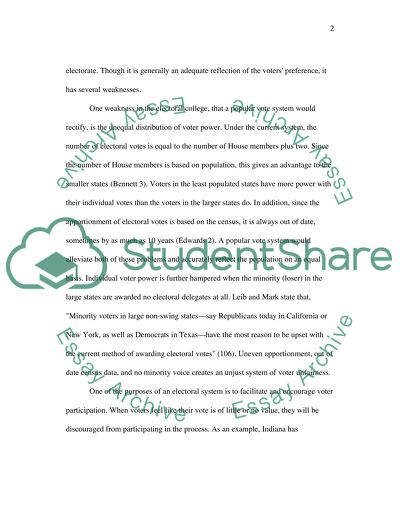Cite this document
(“The US Presidential Electoral System Essay Example | Topics and Well Written Essays - 1500 words - 1”, n.d.)
The US Presidential Electoral System Essay Example | Topics and Well Written Essays - 1500 words - 1. Retrieved from https://studentshare.org/politics/1546086-ectoral-college
The US Presidential Electoral System Essay Example | Topics and Well Written Essays - 1500 words - 1. Retrieved from https://studentshare.org/politics/1546086-ectoral-college
(The US Presidential Electoral System Essay Example | Topics and Well Written Essays - 1500 Words - 1)
The US Presidential Electoral System Essay Example | Topics and Well Written Essays - 1500 Words - 1. https://studentshare.org/politics/1546086-ectoral-college.
The US Presidential Electoral System Essay Example | Topics and Well Written Essays - 1500 Words - 1. https://studentshare.org/politics/1546086-ectoral-college.
“The US Presidential Electoral System Essay Example | Topics and Well Written Essays - 1500 Words - 1”, n.d. https://studentshare.org/politics/1546086-ectoral-college.


